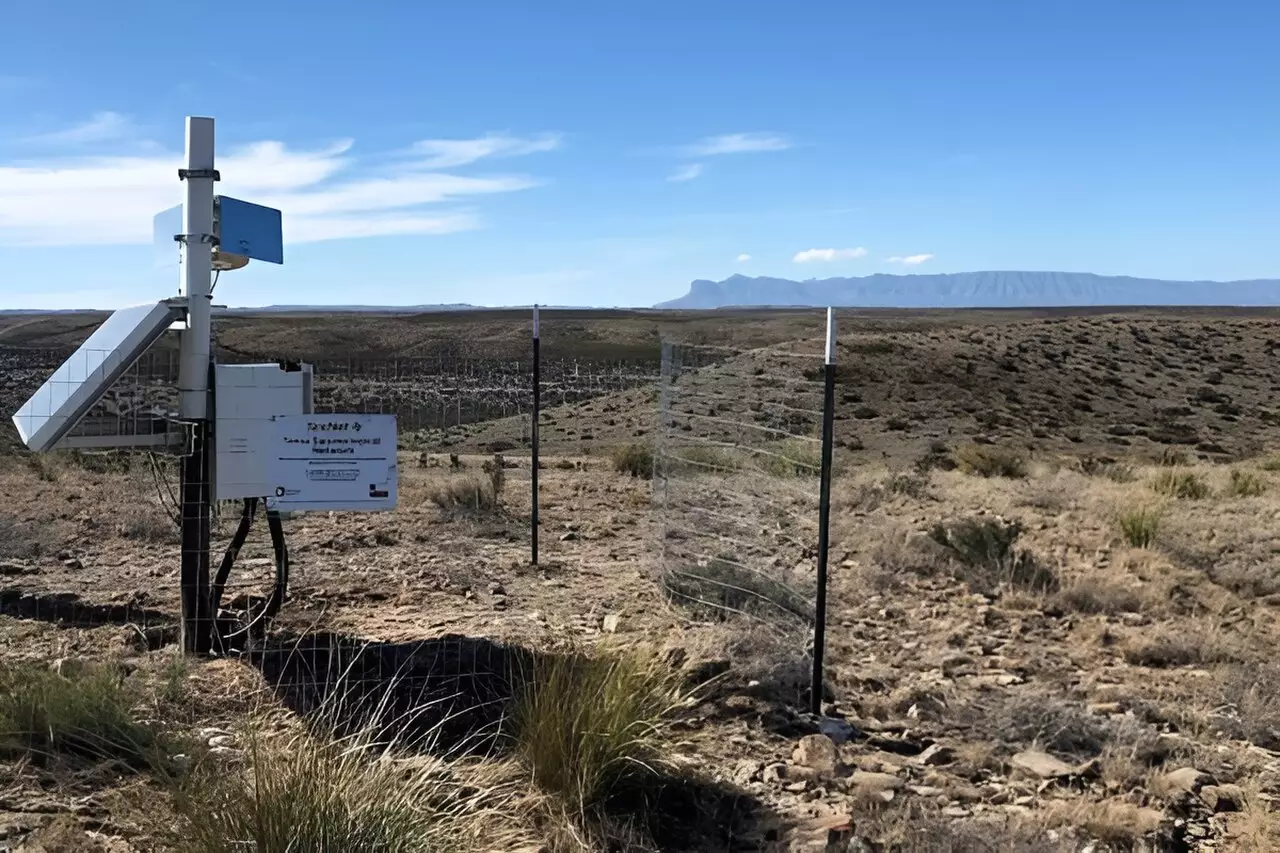A recent study conducted by a team of scientists at The University of Texas at Austin has revealed a concerning trend in seismic activity in the Midland Basin region. The research, led by Dino Huang, a research assistant professor at the Jackson School of Geosciences, analyzed seven years of earthquake data and found that seismic activity is moving northeast towards the community of Big Spring. This shift in seismicity poses a potential threat to major cities along Interstate 20, as highlighted in the study published in the journal Seismological Research Letters.
The researchers utilized data collected by TexNet, a statewide seismic monitoring network, to identify a newly activated fault zone in the region. The fault zone, previously unrecognized, has the capacity to trigger additional earthquakes that could be felt by humans. The analysis of seismic data allowed the researchers to pinpoint the depth, location, and orientation of geologic faults, providing valuable insights into the seismic activity in the Midland Basin.
One of the major findings of the study was the discovery of a rift structure in the deep basement rock of the basin, surrounded by a network of smaller faults. The researchers identified 15 distinct earthquake-producing zones within this fault system, where earthquakes have already occurred and can be linked to common sources of stress underground. By combining data on earthquake frequency and magnitude from these zones, the researchers assessed the future seismic potential of the entire Midland Basin.
Through statistical analysis of TexNet data, the researchers determined that the seismicity in the basin has been increasing since 2018. This elevation in seismic activity suggests a higher likelihood of future earthquakes compared to the period before 2018. While the study does not predict specific details such as earthquake frequency or magnitude, recent seismic activity has provided clues about the areas that are more prone to earthquakes in the future.
The Midland Basin is a crucial hub for oil and gas extraction in Texas, making it essential to understand the implications of induced seismicity on such operations. The injection of wastewater from these activities into the subsurface has contributed to stress along faults, leading to triggered earthquakes. By leveraging data from TexNet, researchers are able to monitor the state of stress on the fault system and implement strategies to mitigate induced seismicity associated with oil and gas extraction.
The shift in seismic activity towards Big Spring poses significant challenges for the communities and industries in the region. The findings of the study underscore the importance of ongoing monitoring and research to better understand and manage the seismic risks in the Midland Basin. By identifying earthquake-producing zones and forecasting future seismic activity, researchers can work towards improving preparedness and mitigation strategies to safeguard the communities and infrastructure in the area.



Leave a Reply